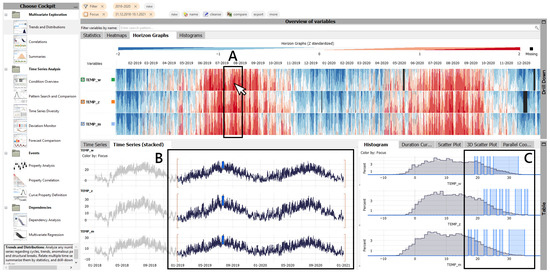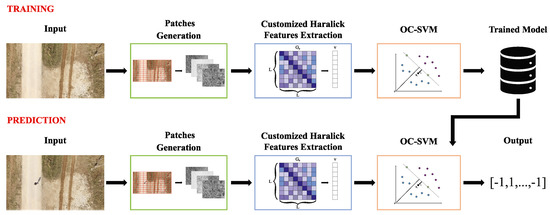Information 2022, 13(1), 13; https://doi.org/10.3390/info13010013 - 28 Dec 2021
Cited by 18 | Viewed by 7319
Abstract
Information diffusion, information spread, and influencers are important concepts in many studies on social media, especially Twitter analytics. However, literature overviews on the information diffusion of Twitter analytics are sparse, especially on the use of continuous time Markov chain (CTMC). This paper examines
[...] Read more.
Information diffusion, information spread, and influencers are important concepts in many studies on social media, especially Twitter analytics. However, literature overviews on the information diffusion of Twitter analytics are sparse, especially on the use of continuous time Markov chain (CTMC). This paper examines the following topics: (1) the purposes of studies about information diffusion on Twitter, (2) the methods adopted to model information diffusion on Twitter, (3) the metrics applied, and (4) measures used to determine influencer rankings. We employed a systematic literature review (SLR) to explore the studies related to information diffusion on Twitter extracted from four digital libraries. In this paper, a two-stage analysis was conducted. First, we implemented a bibliometric analysis using VOSviewer and R-bibliometrix software. This approach was applied to select 204 papers after conducting a duplication check and assessing the inclusion–exclusion criteria. At this stage, we mapped the authors’ collaborative networks/collaborators and the evolution of research themes. Second, we analyzed the gap in research themes on the application of CTMC information diffusion on Twitter. Further filtering criteria were applied, and 34 papers were analyzed to identify the research objectives, methods, metrics, and measures used by each researcher. Nonhomogeneous CTMC has never been used in Twitter information diffusion modeling. This finding motivates us to further study nonhomogeneous CTMC as a modeling approach for Twitter information diffusion.
Full article
(This article belongs to the Section Review)
►
Show Figures











